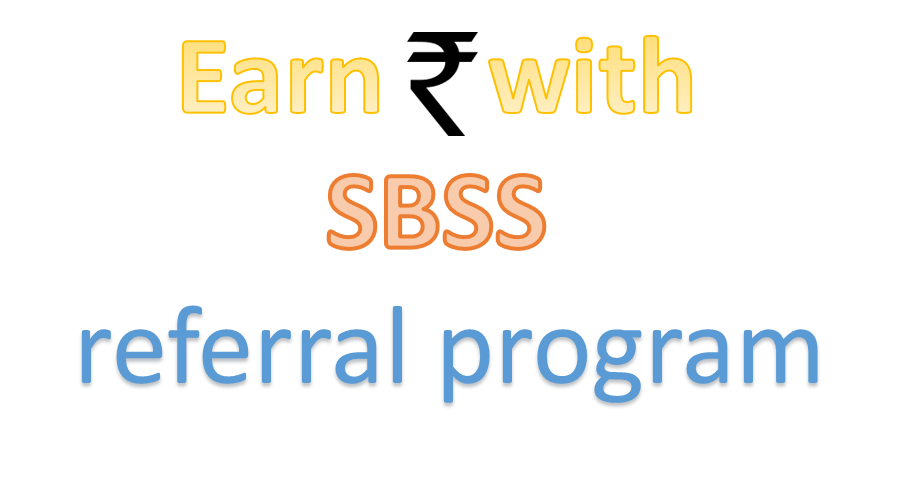Usually in SSAS there are measures and dimensions present and those measures are operating on the basis of some formula. Now that formula defines what kind of measure our SSAS is using. This write-up is the extract from SSAS theory taken during MSBI training. As SSAS is all about forecasting so there are theoretical aspects which also needs to be covered for better learning.
Now here in the above image we have a measure named “Customer Amount” and it uses an aggregate function “Sum”. It means that the measure will add all the values from the different dimensions and sum the total.
This kind of nature the measure follows is Additive. Additive means it adds all the values from all the dimensions and sums the total.
So there are 3 types of measures used in SSAS:
- Additive
- Semi-additive
- Non-additive
We have seen how additive measure works and its definition. Now we will see what do we mean by Semi-additive.
Semi-additive:
Now Semi-additive means that the measure will bring back only those values which are needed like for example we want Maximum amount, so it will bring back only the maximum value. Here this measure will be giving individual value instead of summing them.
Non-additive:
Now Non-additive means that measure will return distinct values or unique values which are neither added or are some kind of semi addition.
Now there are some formulas which are given by SSAS. According to those formulas we will define which are additive, semi-additive and non-additive.
These are the formulas given by SSAS, we can see in the above image.
Now we will classify according to the different measure types, additive, semi-additive, non-additive.
We do understand prolong theory becomes boring for the candidate for that only we also give weightage to practical session in order to balance MSBI training and make it truly hands-on.




